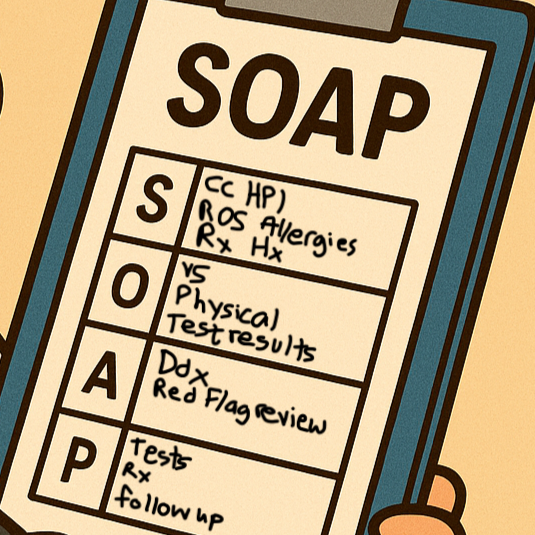
You work hard. Staying ahead shouldn’t be.
Helping you make confident clinical decisions with your patients.
How do I help you make confident decisions with your patients?
By curating top guideline updates, clinical approaches & diagnostic pearls you need to stay ahead in practice.
Choose Your Journey.
Start with our Free Community!
$0/month
Free Member
Start free. Upgrade anytime.
👇
✓ Weekly newsletter: blog post summaries with key diagnostic take home points
✓ Free live webinars (limited)
NOT included
✘ In-depth medical updates to keep you ahead of the curve
✘ Access to on-demand webinars
✘ Charting templates
Masterclass
$6.99
Every month
$69.99
Every year
Start your curated educational journey - be the best NP you can be.
✓ Weekly newsletter: in-depth updates & diagnostic pearls
✓ Live + On-demand webinars: learn on your schedule
✓ Annual plan: get 25% off 100+ customizable templates
🌟2 months free with annual subscription!🌟
Upgrade to Masterclass Anytime.
Sign up forThe Diagnostic Reasoning Mastery Course: Intro
This free intro course is designed to help you make confident decisions with your patients.
A sneak peak before the full course coming in 2026.
Testimonials
Access Resources for Everyday Clinical Use
-

Clinical Resources
Resources for your everyday clinical practice.
-

Guidelines
National and international guidelines for your everyday practice.
-

Diagnostic Imaging
To help you learn diagnostic imaging pearls for common primary care presentations
-

Lab Test Interpretation
To help you understanding common lab pearls and pitfalls
Read the Latest Blog Posts
Watch our Diagnostic Reasoning Videos
…to help you make confident clinical decisions with your patients
NP Reasoning Masterclass Members gain access to all webinars and videos on-demand.
Have Questions?
Reach out!








